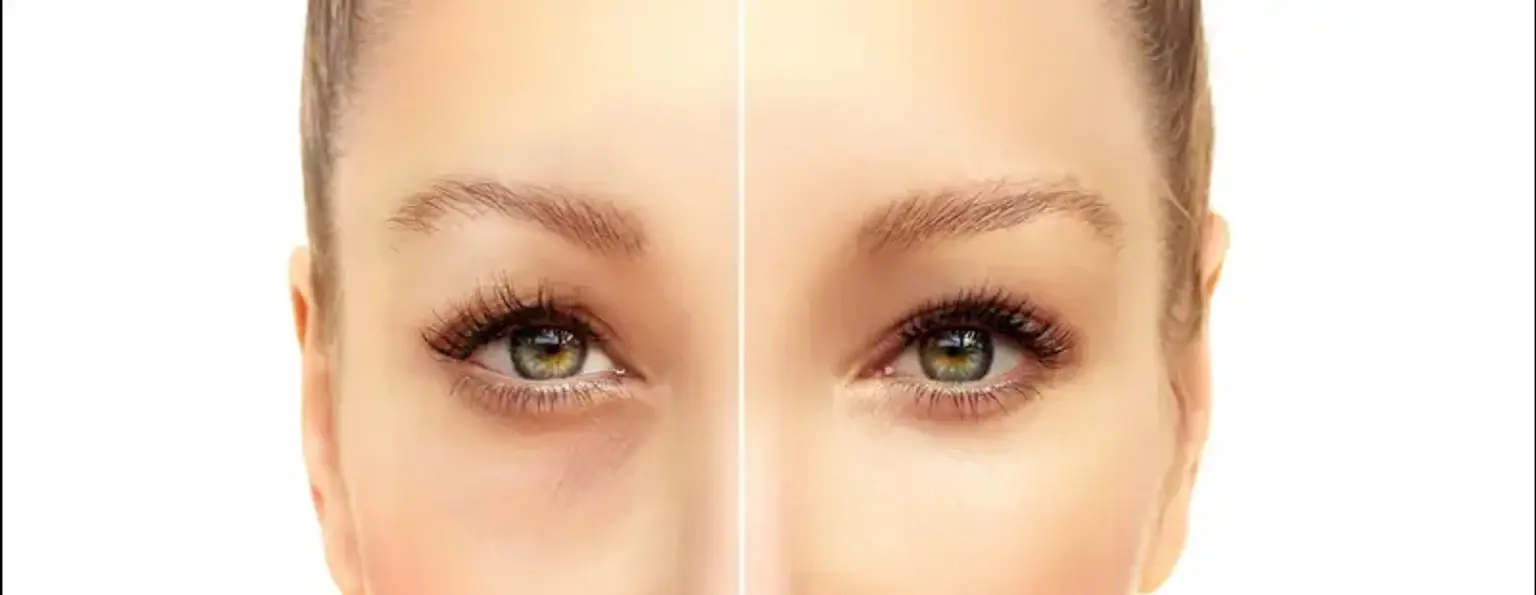What is Fat Transfer Surgery?
Fat transfer surgery, also known as fat grafting or lipofilling, is a popular cosmetic procedure that involves removing fat from one part of the body and transferring it to another. This technique has gained traction due to its natural results, using the patient’s own fat for enhancement, instead of synthetic materials or implants. It is commonly used for facial rejuvenation, body contouring, and even breast augmentation.
In the procedure, fat is typically harvested from areas like the abdomen, thighs, or flanks through liposuction, purified, and then injected into areas that need volume restoration or enhancement. This makes it a dual-purpose treatment: reducing unwanted fat while enhancing areas with volume loss.
How Does Fat Transfer Surgery Work?
The process of fat transfer involves several steps, all of which contribute to achieving a natural, long-lasting outcome.
Fat Harvesting: First, the surgeon performs liposuction to collect fat from an area where there is excess fat (like the abdomen or thighs). This fat is then purified to remove impurities.
Purification: The fat is processed to separate healthy fat cells, ensuring that only viable cells are used for grafting.
Injection: Once purified, the fat is carefully re-injected into the target area. This could be the face, buttocks, breasts, or even to correct uneven contours elsewhere on the body.
The beauty of autologous fat transfer (using the patient's own fat) is that it reduces the risk of allergic reactions and rejection, offering a natural, biocompatible solution.
